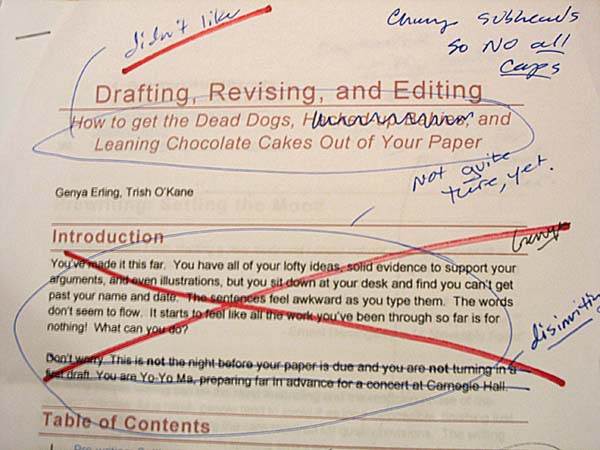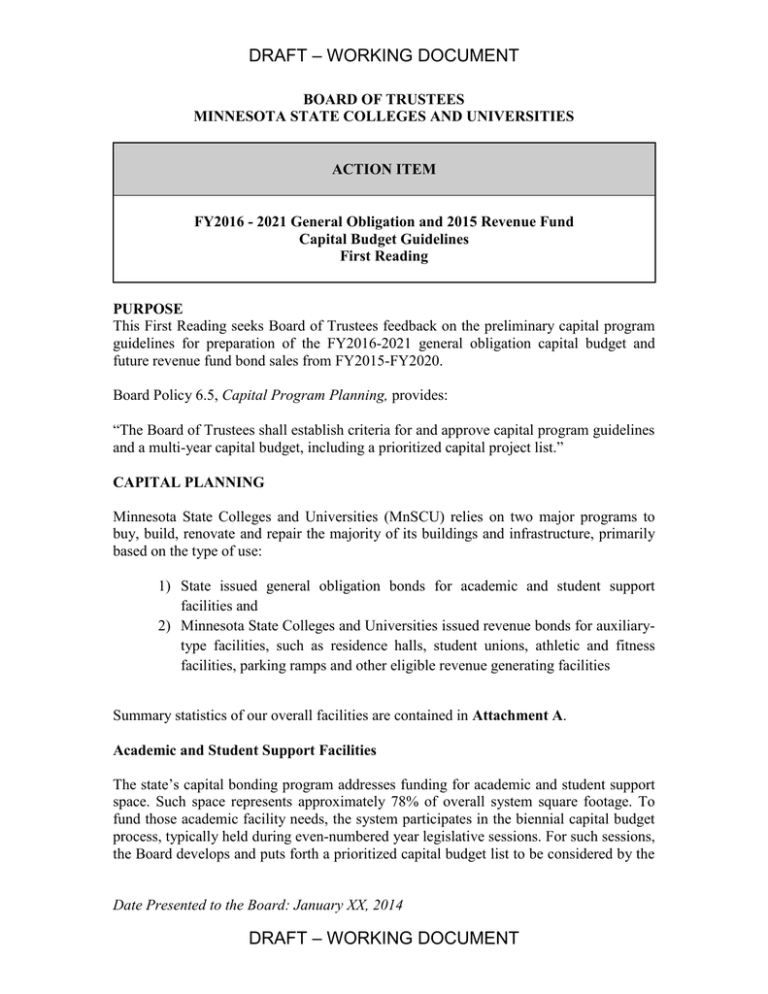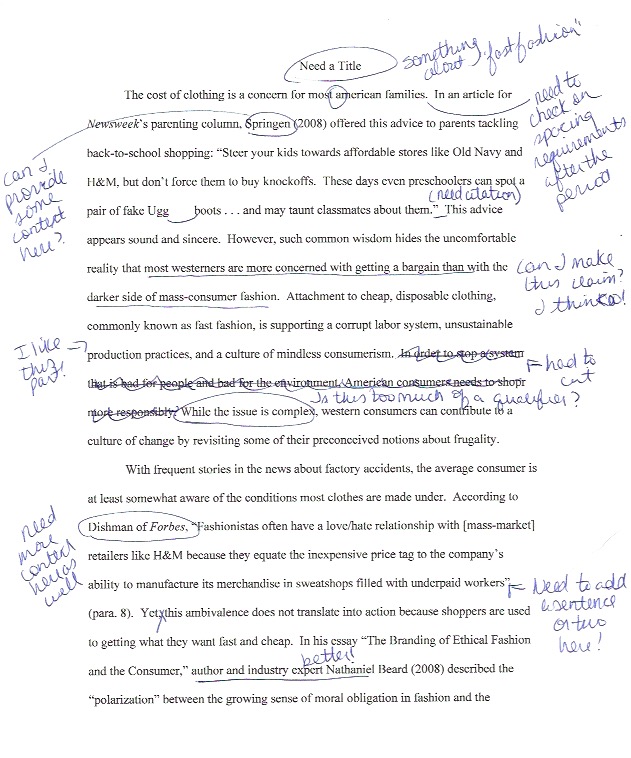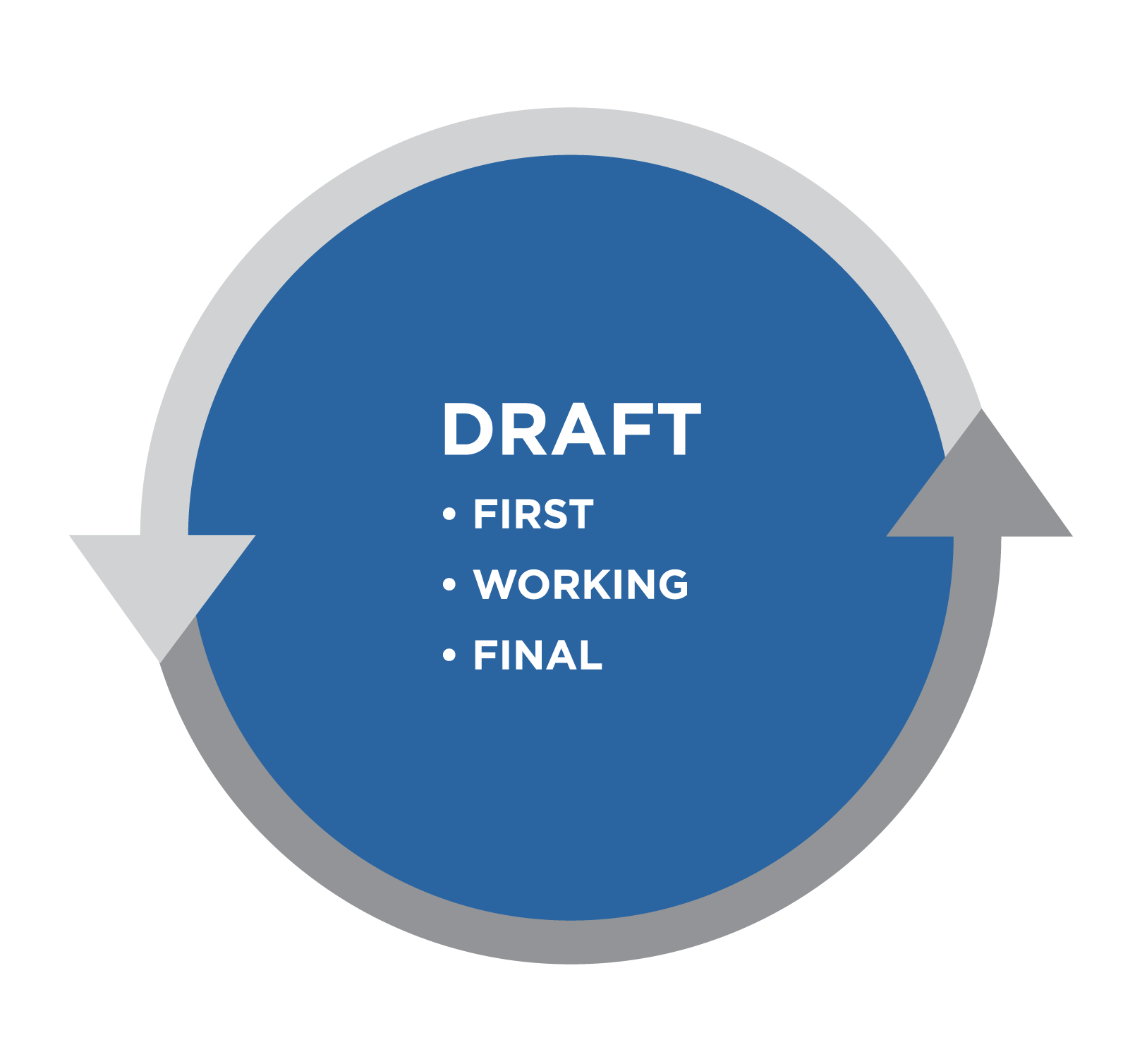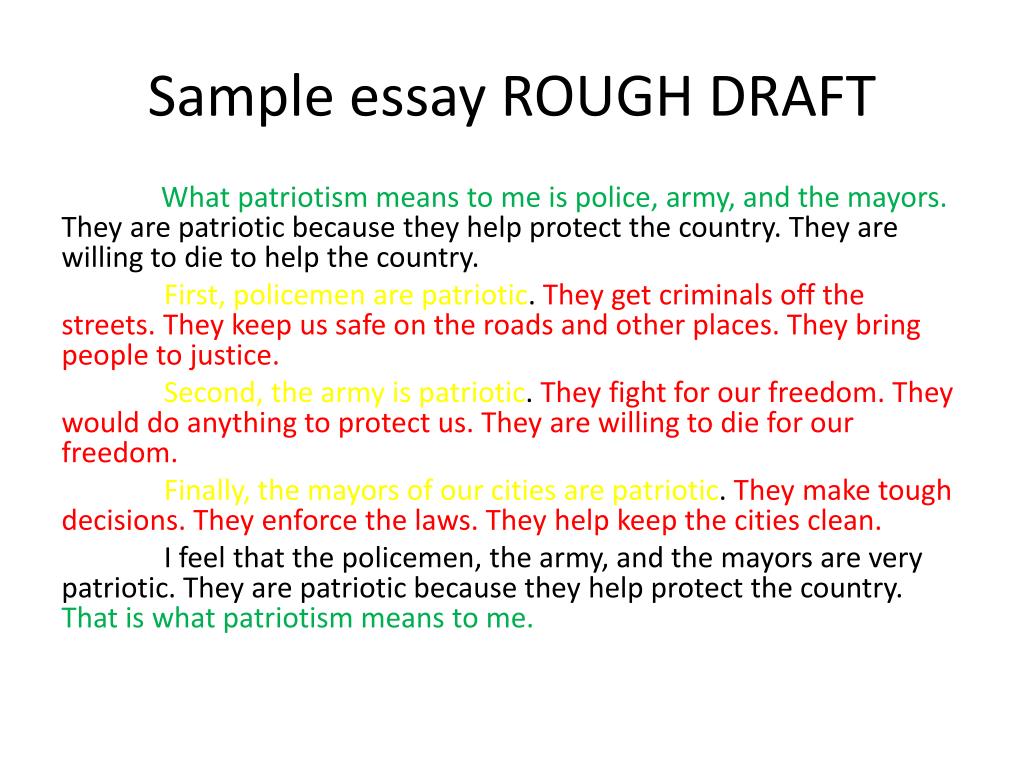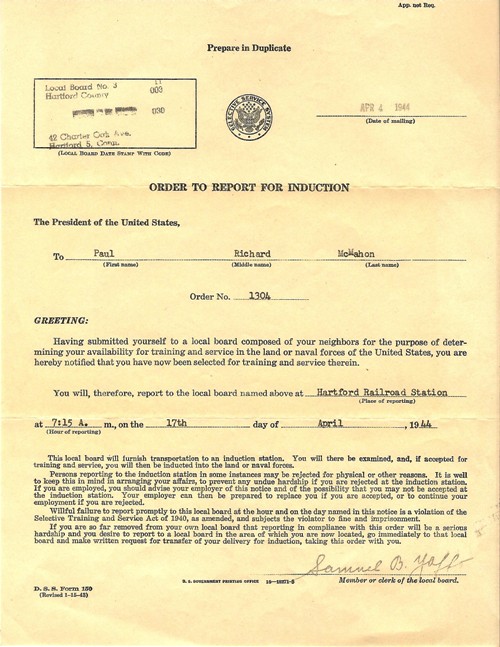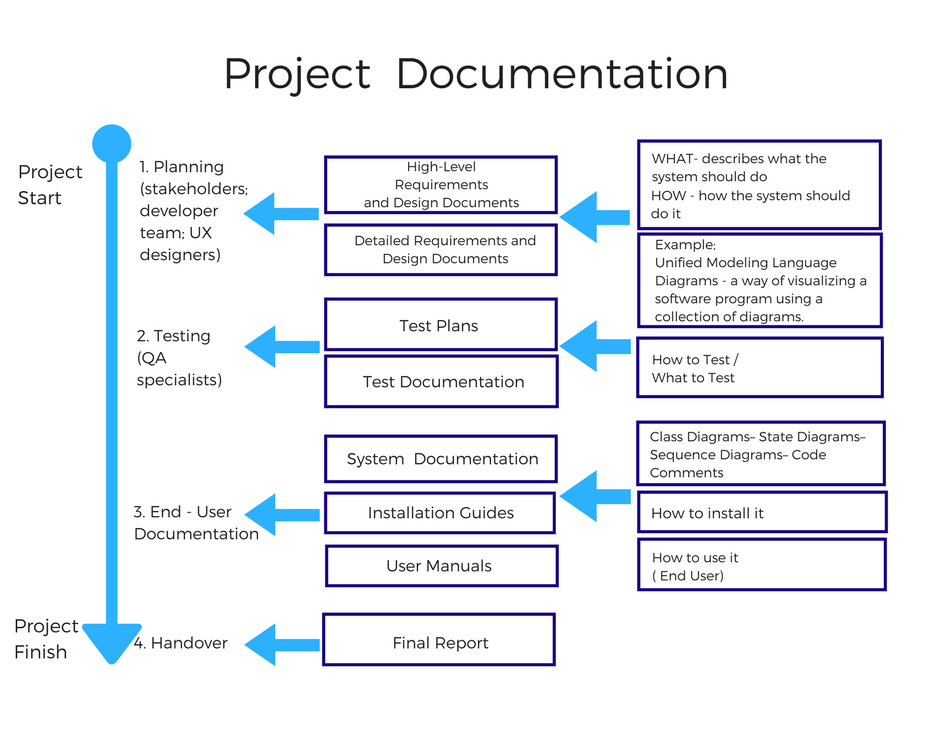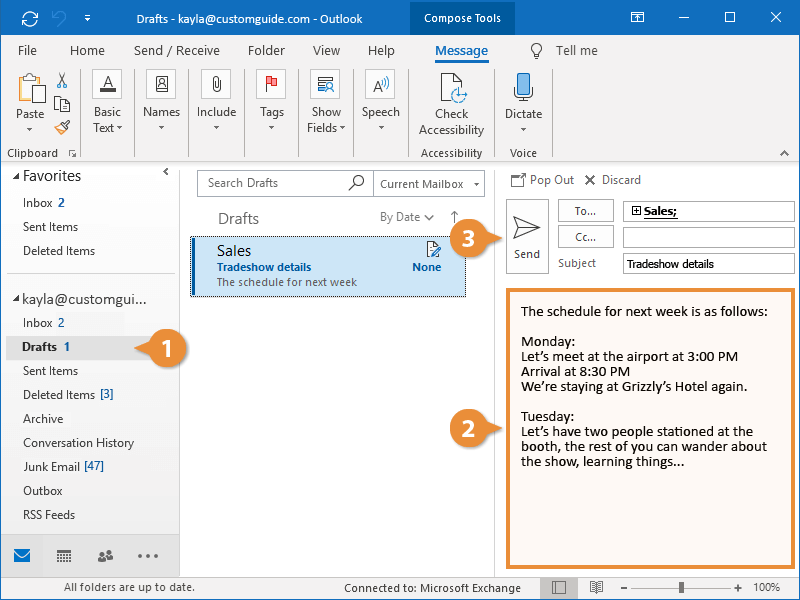You Have Been Working On A Draft Document

The specter of unfinished business looms large for millions, a digital purgatory where draft documents, half-written reports, and abandoned projects languish in the digital ether. This pervasive phenomenon, amplified by remote work and the constant deluge of information, is not merely a matter of digital clutter; it’s a significant drain on productivity, mental well-being, and organizational efficiency. Its impact is felt across industries, from small businesses struggling to keep up to large corporations grappling with information overload.
At the heart of this issue is the unfinished draft document – a testament to good intentions derailed by shifting priorities, lack of time, or simple procrastination. These digital remnants, often occupying valuable storage space and mental bandwidth, contribute to a culture of incompletion that negatively impacts both individuals and organizations. The challenge now lies in understanding the root causes of this problem and developing strategies to effectively manage the backlog of unfinished work, turning potential liabilities into completed assets.
The Anatomy of an Unfinished Draft
Several factors contribute to the accumulation of unfinished draft documents. One key element is the ever-increasing workload and the pressure to multitask. Employees are frequently juggling multiple projects simultaneously, leading to divided attention and a higher likelihood of abandoning tasks before completion.
According to a recent study by the Harvard Business Review, knowledge workers spend an average of 28% of their time managing email and another 19% searching for information. This leaves significantly less time for focused, deep work required to complete complex documents.
Another significant factor is the fear of imperfection. Many individuals, particularly those with high standards, struggle with perfectionism, leading them to endlessly revise and refine their work. This can result in procrastination and the postponement of final submission, often leading to the document being abandoned altogether.
The lack of clear deadlines and accountability also plays a crucial role. Without specific timelines and assigned responsibilities, draft documents can easily fall by the wayside. The absence of regular progress checks and feedback mechanisms further exacerbates the problem.
Impact on Productivity and Well-being
The proliferation of unfinished draft documents has a tangible impact on productivity. Searching for the correct version, remembering the context, and re-familiarizing oneself with the content consumes valuable time and energy. This constant interruption of workflow leads to decreased focus and reduced efficiency.
Beyond productivity, the burden of unfinished work can also affect mental well-being. The constant awareness of pending tasks can create a sense of overwhelm and anxiety. This can lead to increased stress levels, burnout, and decreased job satisfaction.
Furthermore, the accumulation of unfinished drafts can damage an individual's sense of accomplishment and self-efficacy. The feeling of being constantly behind can erode confidence and motivation, making it even more difficult to tackle future projects.
Organizational Implications
The problem of unfinished draft documents is not limited to individual employees; it also has significant implications for organizations as a whole. The accumulation of incomplete work can lead to missed deadlines, delayed projects, and lost opportunities.
Poor knowledge management practices can exacerbate the problem. When documents are not properly organized, labeled, or stored, it becomes difficult for employees to find and utilize existing resources. This results in duplication of effort and wasted time.
Ineffective communication and collaboration also contribute to the issue. When team members are not aligned on project goals and responsibilities, it becomes more likely that documents will be abandoned or duplicated.
According to a report by McKinsey & Company, improving internal communication and collaboration can increase productivity by 20-25%. This highlights the importance of fostering a collaborative work environment where employees feel comfortable sharing ideas and seeking feedback.
Strategies for Mitigation
Addressing the problem of unfinished draft documents requires a multi-faceted approach that targets both individual habits and organizational processes. One key strategy is to implement time management techniques, such as the Pomodoro Technique or time blocking.
These techniques help individuals break down large tasks into smaller, more manageable chunks, making it easier to stay focused and avoid procrastination. Encouraging employees to prioritize tasks and set realistic deadlines is also crucial.
Organizations should invest in training programs that teach employees how to effectively manage their time, prioritize tasks, and communicate effectively. These programs should also emphasize the importance of seeking feedback and collaborating with colleagues.
Another important strategy is to implement robust knowledge management systems that make it easy for employees to find, access, and utilize existing resources. This includes creating clear naming conventions, organizing documents logically, and providing search tools that allow employees to quickly locate the information they need.
Organizations should also foster a culture of open communication and collaboration. This includes encouraging employees to share ideas, provide feedback, and work together to solve problems. Regular team meetings and project updates can help ensure that everyone is on the same page and that projects are progressing according to plan.
Looking Ahead
The challenge of managing unfinished draft documents is likely to become even more pressing in the future as the pace of work continues to accelerate. The key to success lies in embracing a proactive approach that combines individual responsibility with organizational support.
By implementing effective time management techniques, investing in robust knowledge management systems, and fostering a culture of open communication and collaboration, individuals and organizations can significantly reduce the burden of unfinished work and unlock their full potential. Ultimately, the goal is to transform the digital landscape from a repository of abandoned projects into a dynamic and productive workspace where ideas can flourish and innovation can thrive.
The future of work demands a shift in mindset, from simply creating documents to effectively managing and completing them. This requires a commitment to continuous improvement and a willingness to embrace new tools and strategies that can help individuals and organizations stay ahead of the curve. Only then can we truly harness the power of information and unlock the full potential of the digital age. This requires organizational buy-in and individual accountability.
